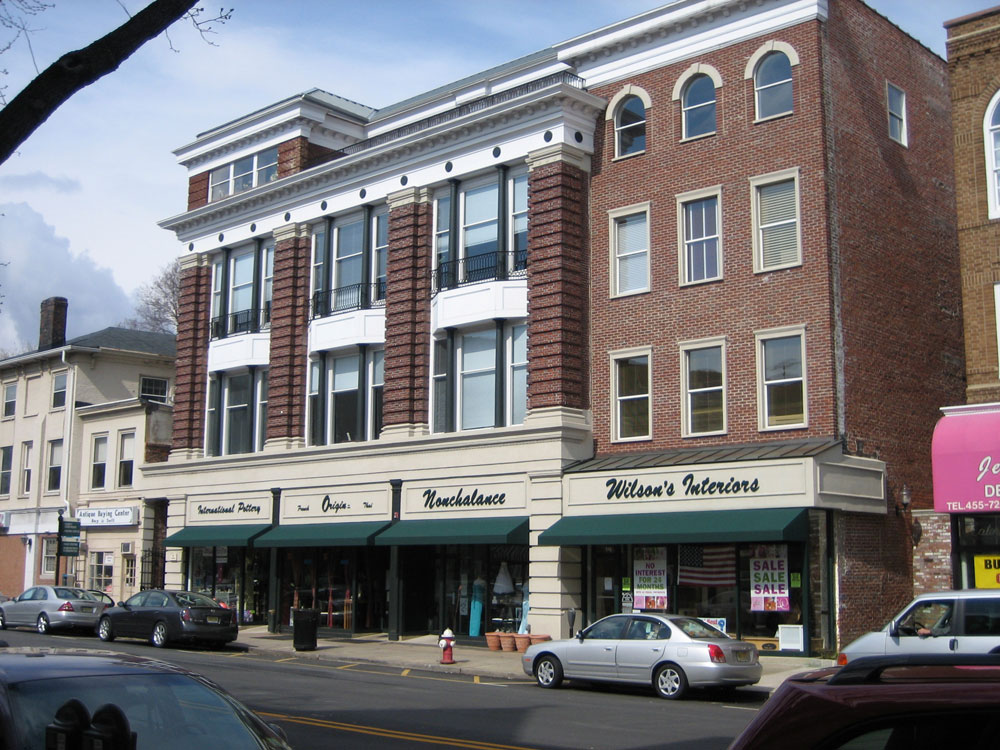
March 25, 2015; New York Times
In 1990, the late Mario Cuomo, then governor, collaborated with New York City mayor David Dinkins to create the New York/New York program. The effort aims to keep homeless, mentally ill individuals off the streets and away from emergency shelters by providing long-term support through “supportive housing,” rent-subsidized housing coupled with social service programs, including counseling and job training. The program reported an average of 597 people a month in 2014, up from 506 in 2012 according to data from the City of New York. At the end of 2014, there were 3,256 people on the waiting list, which was up from 2,849 people at the end of 2013.
The 1990 agreement that initiated the program was renewed in both 1998 and 2005 and is set to expire in mid-2016. Current governor Andrew Cuomo, son of the former governor, and New York City Mayor Bill de Blasio have both stated that they would continue to renew the program, but there are worries about upcoming changes. According to the New York Times:
“A grass-roots campaign waged by more than 200 advocacy groups, social service organizations and religious leaders has been calling for renewal and significant expansion of the program, with a goal of 30,000 more units of supportive housing created in the city over the next decade. The last agreement, in 2005, created 9,000 units. […]
Sign up for our free newsletters
Subscribe to NPQ's newsletters to have our top stories delivered directly to your inbox.
By signing up, you agree to our privacy policy and terms of use, and to receive messages from NPQ and our partners.
“Gov. Andrew M. Cuomo and Mayor Bill de Blasio have indicated that they plan to renew the program, but each has proposed building far fewer than 30,000 units. Mr. de Blasio has called for the city and the state to build 12,000 more units in the city. Mr. Cuomo has proposed 3,900 more units in the city plus 1,100 units around the state.”
The shifts in the program from the governor also aim to transfer “a larger share of the operating and support services that go along with the housing to the city.” (Under the current plan, the state pays 80 percent of the cost of those services overall and the city pays the rest.) Mayor de Blasio voiced an objection at a February budget hearing to this plan.
In analysis of the program, there is some critique of the social service aspects of the program, including that “the state largely failed to coordinate community mental health services, with the result that many former patients were unconnected to the supports they relied upon.” Additionally, there has been a shortage of housing that could fulfill the needs the population of the program, as more luxury apartments dominate the New York real estate market.
Kristin Miller, who leads the New York branch of the Corporation for Supportive Housing, a nonprofit group, stated that the social services a program like this provides are “the glue that makes it all stick together.” According to the Times, Miller stated that social services “not only provide daily living assistance but also an instant social network to, say, celebrate a birthday with or fall back on if a pet dies.”
Miller also outlined research showing that the program saves taxpayer money by reducing the “use of more costly shelters, hospitals and other institutions by homeless people.”—John Brothers












